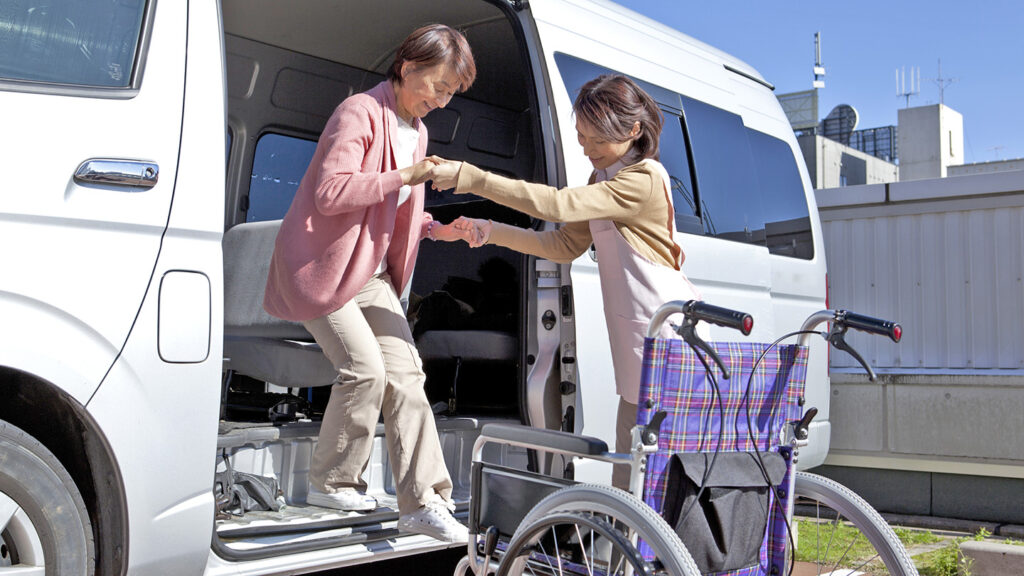
Assisted living residents may be part of a new Medicare dementia care model that will test an alternative payment for family caregivers while expanding care delivery options to allow people living with dementia to age in their preferred setting.
The Guiding an Improved Dementia Experience Model was announced Monday by the Centers for Medicare & Medicaid Services.
The GUIDE model will focus on dementia care management with a goal of improving quality of life for people living with dementia, reducing strain in unpaid caregivers and enabling individuals to remain in their homes and communities. The model will offer a comprehensive package of care coordination and management, caregiver education and support and respite services.
Eligible model participants will be Medicare Part B enrolled providers eligible to bill for Medicare services and that provide, or will provide, ongoing, longitudinal care to people with dementia. Eligible organizations include accountable care organizations, home health and hospice agencies, Programs of All-Inclusive Care for the Elderly and physician practices.
Some long-term care providers and other healthcare providers can participate as partner organizations by contracting with another Medicare provider/supplier to meet the program care delivery requirements.
Assisted living residents who are Medicare beneficiaries may be part of the model, but nursing home residents cannot be included, because “the goal is to keep beneficiaries living in their homes and communities for as long as appropriate or desired,” a CMS spokesperson told McKnight’s Senior Living.
“We support community-based programs, as they are an important part of the healthcare continuum,” a spokeswoman for the American Health Care Association / National Center for Assisted Living told McKnight’s Senior Living. “At the same time, we must invest in the entire long-term care continuum, so that older adults can receive the best care at every step of the journey in the setting that is the best fit for their needs.” The comments echoed ones NCAL made to CMS in late June about the federal agency’s proposed home- and community-based services access rule.
LeadingAge said that it appreciated the attention given to unpaid caregivers as part of the long-term care continuum.
“Nonprofit, mission-driven aging service providers know that caring for an older adult with dementia is complex — and that family and friends are a critical part of the care team,” LeadingAge President and CEO Katie Smith Sloan said in a statement. “Many of our provider members already dedicate time and resources to educating unpaid caregivers and need alternative payment models like the one announced today to support those efforts and help keep people in the setting of their choice.”
Filling in the gaps
According to an FAQ document from CMS, the model will fill a “considerable need” by providing support to millions of Americans with non-Alzheimer’s dementia, whose dementia is too far advanced or who have other conditions that make novel Alzheimer’s drugs inappropriate for them.
The model aims to expand access to dementia care services by expanding the care delivery capabilities of various provider types across care settings. The goal is to encourage practitioners to coordinate care across clinical and community-based settings to help people remain in their homes and communities for as long as appropriate.
The model is expected to reduce federal spending on hospitalizations and post-acute care by reducing long-term nursing home placement.
Individuals living with dementia, and their caregivers, often struggle to manage their care and connect with the support that allows them to remain in their homes and communities, according to CMS Administrator Chiquita Brooks-LaSure, who announced the model during the National Alzheimer’s Project Act advisory council meeting in Washington, DC.
“Fragmented care contributes to the mental and physical health strain of caring for someone with dementia, as well as the substantial financial burden,” Brooks-LaSure said during the announcement. The GUIDE model, she added, will provide new resources and access to specialty dementia care in underserved populations and communities.
Brooks-LaSure said that the model delivers on the Biden administration’s April executive order about increasing access to high-quality care and supporting caregivers, and that it advances key goals of the National Plan to Address Alzheimer’s Disease, a national strategic plan addressing rapid research and improving the delivery of clinical care and services.
Senior living advocates, at the time, criticized the executive order, saying that although it was well-intentioned, it did not offer adequate solutions for long-term care, in part because it did not support assisted living settings.
CMS said it will release an application for the voluntary GUIDE model this fall. Before then, the agency encourages interested organizations to submit letters of intent to CMS by Sept. 15. The model will run for eight years beginning July 1.


